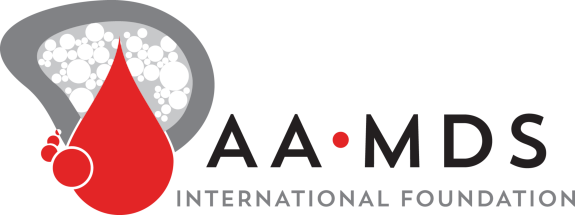When bone marrow transplants were first done, doctors used actual bone marrow from a donor. This was put into the patient’s blood stream where it would find its way to the bone marrow and started to grow. This process was called a bone marrow transplant or BMT.
Over time, scientists realized that the bone marrow stem cells found in a person’s circulating blood were very similar to those in the bone marrow. They started harvesting these cells from blood, instead of bone marrow. Doctors call this type of transplant a “peripheral blood stem cell transplant” (or PBSCT).
The general term “hematopoietic stem cell transplant” (HSCT or SCT) is often used today to include transplants done with:
- Bone marrow – Stem cells are collected from marrow inside the donor's hip bones.
- Peripheral blood stem cells (PBSC) – The donor is given a white cell growth factor that increases the production of white blood cells and also dislodges stem cells from the marrow, causing them to circulate in the blood for a while. The cells are collected from the donor's blood using a special machine.
- Umbilical cord blood – Stem cells are collected from the umbilical cord and placenta right after the birth of a baby. They are kept frozen until needed.


